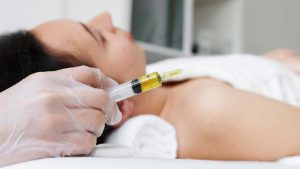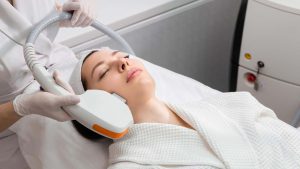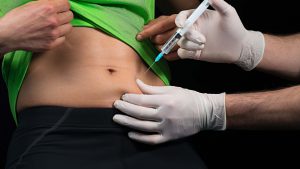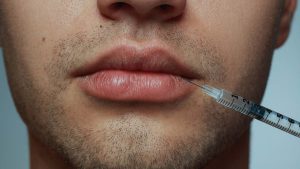
Fat necrosis after fat injection
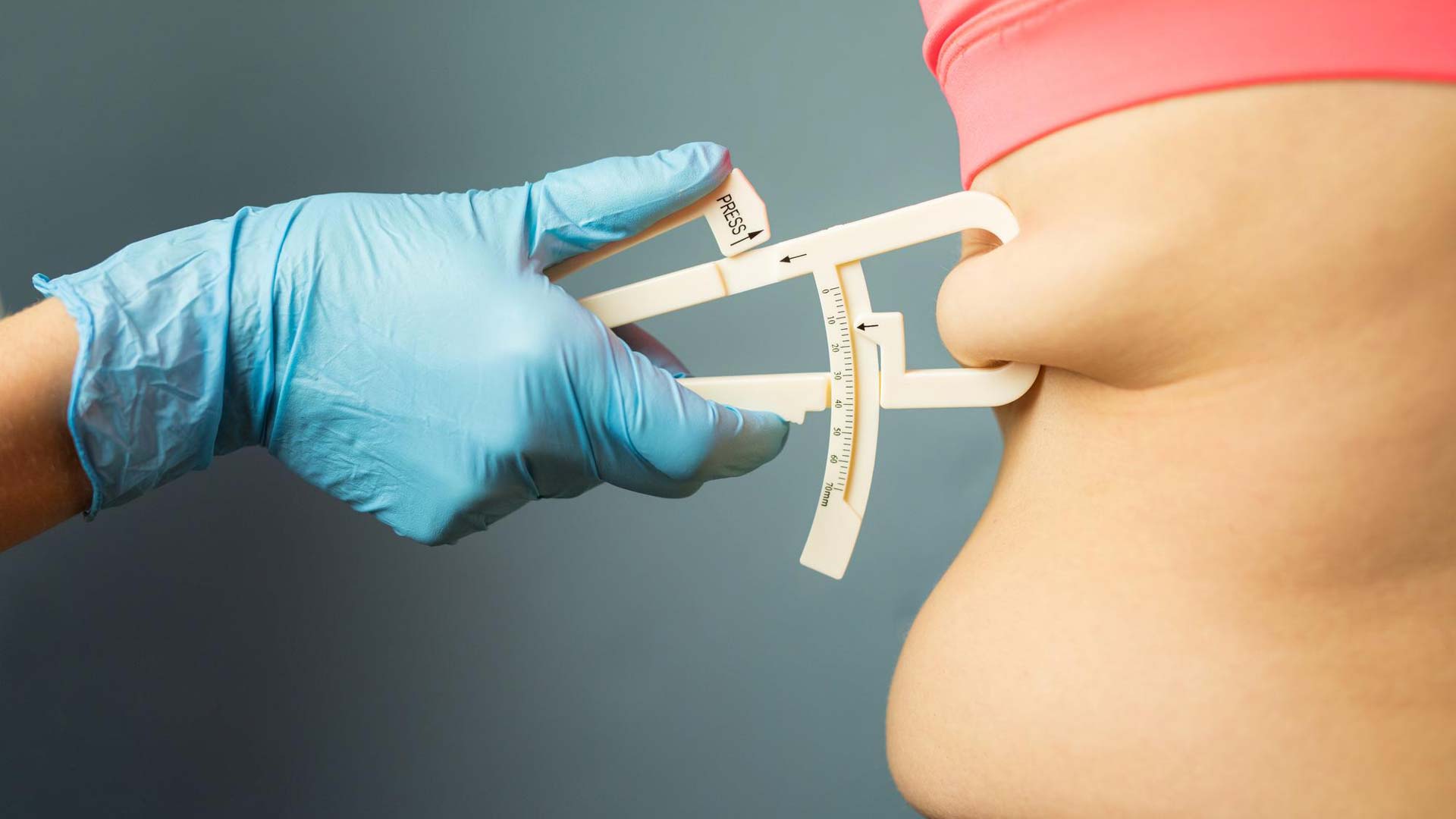
Lorem Epsom is a mock text produced with incomprehensible simplicity from the printing industry, and using graphic designers, printers and texts but also
Fat necrosis is a potential complication of liposuction, a cosmetic procedure in which fat is removed from one area of the body and injected into another area to increase volume or contour. Fat necrosis after fat injection occurs when transplanted fat cells are damaged or die, leading to inflammation and the formation of nodules or hard masses at the injection site. Symptoms of fat necrosis may include pain, swelling, and discoloration of the skin. While fat necrosis can be an uncomfortable side effect, it is usually temporary and can often be managed with conservative treatment such as massage or compression. However, in rare cases, surgical intervention may be required to remove the damaged tissue.
Who does fat necrosis affect?
Fat necrosis is a condition that occurs when the fat tissue in the body is damaged and leads to the death of fat cells. It can affect anyone, but is more common in women who have had breast surgery or trauma to the breast, such as an injury or biopsy. Fat necrosis can also occur in other parts of the body such as the abdomen or buttocks due to trauma or injury. In rare cases, it can be caused by some medical conditions such as pancreatitis or lupus, also fat necrosis may occur after fat injection. Symptoms of fat necrosis can include pain, swelling, and lump or mass formation in the affected area.
Fat necrosis occurs in which part of the body?
Fat necrosis can occur in different parts of the body where fat tissue is present, but usually fat necrosis is seen after fat injection in the breast tissue of women who have undergone surgery or experienced breast trauma. It can also occur in other parts of the body, such as the abdomen or buttocks, due to an injury or medical condition.
What are the causes and symptoms of fat necrosis?
Fat necrosis can be caused by trauma or damage to the fat tissue, such as breast surgery or biopsy. It can also be caused by certain diseases such as pancreatitis or lupus. Symptoms may include pain, swelling, and the formation of a lump or mass in the affected area. In some cases, fat necrosis may resolve on its own, but in other cases, drug treatment may be necessary. In some other cases, fat necrosis is performed after fat injection, which depends on the doctor’s examination and diagnosis.



